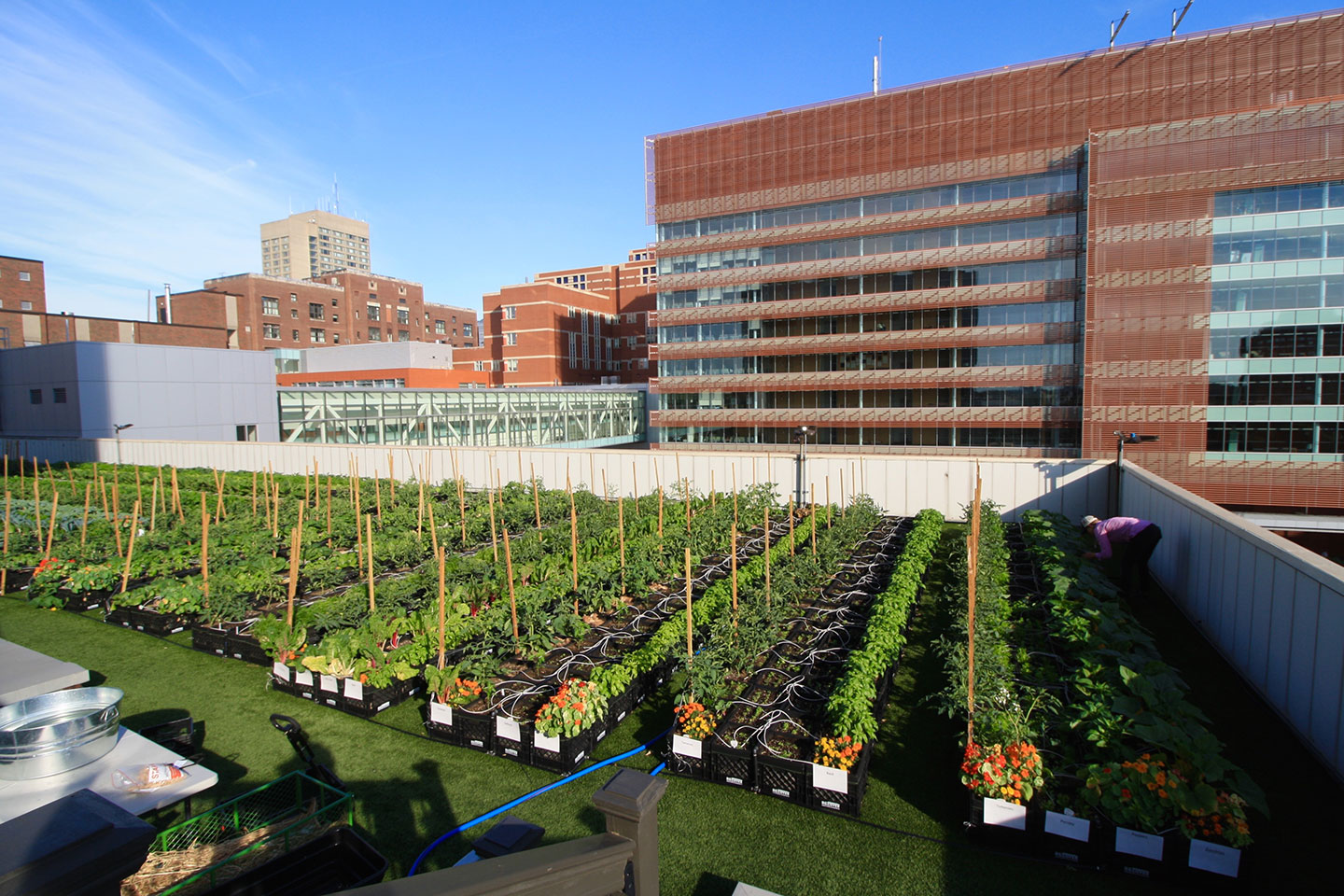A GREEN Paris by 2020
In Paris, an urban initiative aims to green roofs, facades and walls with the help of public and private partnerships. Currently at its half-way point, what has already been done?
 ©This aeroponic farm is part of Paris' plan to "green" 100 hectares of buildings by 2020.
©This aeroponic farm is part of Paris' plan to "green" 100 hectares of buildings by 2020.Since her election in 2014, Paris mayor Anne Hidalgo has promoted an ambitious programme for new green spaces in the French capital. At the centre of this plan is a scheme to “green” 100 hectares of buildings across Paris by 2020, with one-third of this green space devoted to urban agriculture.
The project kicked off in 2016 when 33 Parisian businesses and public organisations signed the “Objective 100 hectares” charter, committing to work alongside the Paris city council to develop urban agriculture and vegetation initiatives that would see roofs, facades and walls covered in vines, creepers and shrubbery, alongside areas for food production. In March 2017, another 41 partners signed the charter.
Having reached the halfway point, 75 different projects have now been funded, with an estimated 500,000 kg of new vegetation likely to have been produced by 2020. What’s been the process behind this transformation?
The "Parisculteurs" greening the city
In addition to a promise to install 30 hectares of public green spaces, the Paris city council hoped to encourage greening projects for urban areas and private buildings. With the financial support of the original signatories to the Objective 100 hectares charter, the city launched the “Parisculteurs” call for proposals. This process led to 32 multidisciplinary teams, chosen from 144 candidates, receiving funding for their urban agriculture and green building projects.
While the majority of these projects saw vegetation take over previously bare buildings, some made the most of unused indoor spaces. Once such example is urban agriculture project “La Caverne”, an abandoned garage in central Paris currently being used to grow different varieties of mushrooms, endives and microgreens.
Since then, the council has launched “Parisculteurs season two” with a focus on funding 43 new projects concentrating on urban agriculture in commonhold apartment buildings.
What are the benefits?
While the sprouting greenery will only add to the beauty of Paris, the increased vegetation will undoubtedly also assist the council in their sustainability efforts. A press release from the city suggests the vegetation scheme is a “concrete response to the ecological, economic and social challenges facing today's metropolises”. According to a review of research on the benefits of green spaces in cities from Project Evergreen, some of the potential positives include limiting water wastage, improved air quality, reducing heat build-up and lessening the energy use of the city.
The focus on urban agriculture could also provide further benefits to the people of Paris, especially as the funded projects are required to be pesticide free and water efficient. As outlined in a RESET Act Now article on urban agriculture, projects such as these have the potential to increase food security, promote healthy lifestyles and encourage community-building through shared gardening spaces.
The scheme to green 100 hectares of buildings by 2020 is only one part of Paris city council’s vision for a greener city, however. Check out the “Végétalisons la ville” section of their website for more information about the transformations taking place. The collaborative web platform “Végétalisons Paris” is also a great resource to learn more about all greening initiatives in Paris, including those ready for locals to get involved with.

Courtesy of RESET.org Digital for Good




